We arrived in Havana and after exploring the big city started an eastward journey. First stop was Cienfuegos, a city colonised by the French. From there we took a road trip to Santa Clara, which is all about Che Guevara and his part in liberating Cuba for Fidel & Raul Castro.
Our next driver toured through the Escambray peaks to reach Trinidad a preserved ancient Spanish colonial town, a photographers treat. We swapped taxis for an intercity bus for the 200+km journey to Camagüey, arriving in time to walk in to town and not get lost. We took another intercity bus 270km to Santiago de Cuba in the east of the country. That was our journey in Cuba.
There is so much that we hear about Cuba – the colourful houses, the classic American cars, the music. It is all here.
There are no rules with colour. I sometimes wonder if a colour scheme was an exercise in coordination of colours or simply whichever paint pot was opened next. Our rooms have varied from soft lemon and purple combinations to ten different bright greens. The trims on the houses will either complement the colour or fiercely oppose it. It doesn’t matter.
Wherever you look, colour has not been spared.
To complement the coloured houses are the brilliantly renovated classic American cars. Duco can be sky blue, grass green, mocha brown, baby doll pink or fire engine red. Upholstery looks magnificent in the soft top versions. These cars are not only for the tourists. They are one of many forms of taxis used throughout the country. The old cars used as local taxis are not nearly so beautifully decked out, but there is no doubt that some very talented mechanics can keep so many of these old cars going.
But USA placed a trade embargo on Cuba in 1961, so the classic cars stopped coming. Instead the classic Russian Ladas were imported. Not nearly as pretty, nor comfortable but very much more practical – the simplicity of these cars mean they will run forever. We saw enough of them in Central Asia to vouch for that.
Music is everywhere, it is indeed the life and soul of Cuba. Bars and restaurants will either have a house band or will allow roving performers to play a few pieces. And at the end of each bracket one of the band members will offer to sell you their music CD and will also ask for a ‘donation’ to their cause. We found it good practice to keep a few coins rather than be embarrassed.
We also discovered other parts of Cuba not so well known.
Queues. The pharmacy, the bank, the post office, the telephone offices, the pizza bars, the hole-in-the-wall markets all support a patient queue of people awaiting their turn.
Empty shelves. Commodities are precious in Cuba. Even buying water proved a challenge. One store only had 500ml water with gas, another store only had 1.5litre bottles of still water and a small street market had the 500ml bottles of still water we wanted. Shelves are scaringly empty and variety is non existent. One type of cooking oil was available. Toilet paper may be scarce in one store, toothpaste in another. We have not seen empty shelves to match since East Berlin in the 70s.
Communication. Most Cubans have been banned from using services such as the Internet and email, and now that there is a little relaxation the cost of computers and related connectivity is beyond most Cubans. Mobile phones have only recently been introduced. For us the difference is not seeing every second person on the street or in a coffee shop or sitting outside their home connected to a device. In the Casa Particulars the house phone rings incessantly, just like I remember when we were a household of teenagers in the 60s.
It was a fascinating and frustrating experience, worsened by the fact that we missed our connection to fly to Mexico after our plane from Santiago de Cuba to Havana was delayed by 7 hours ‘due to mechanical issues’. It cost us an uncomfortable night on airport benches and an extremely expensive rescheduled flight via Panama City.
e_header.jpg)

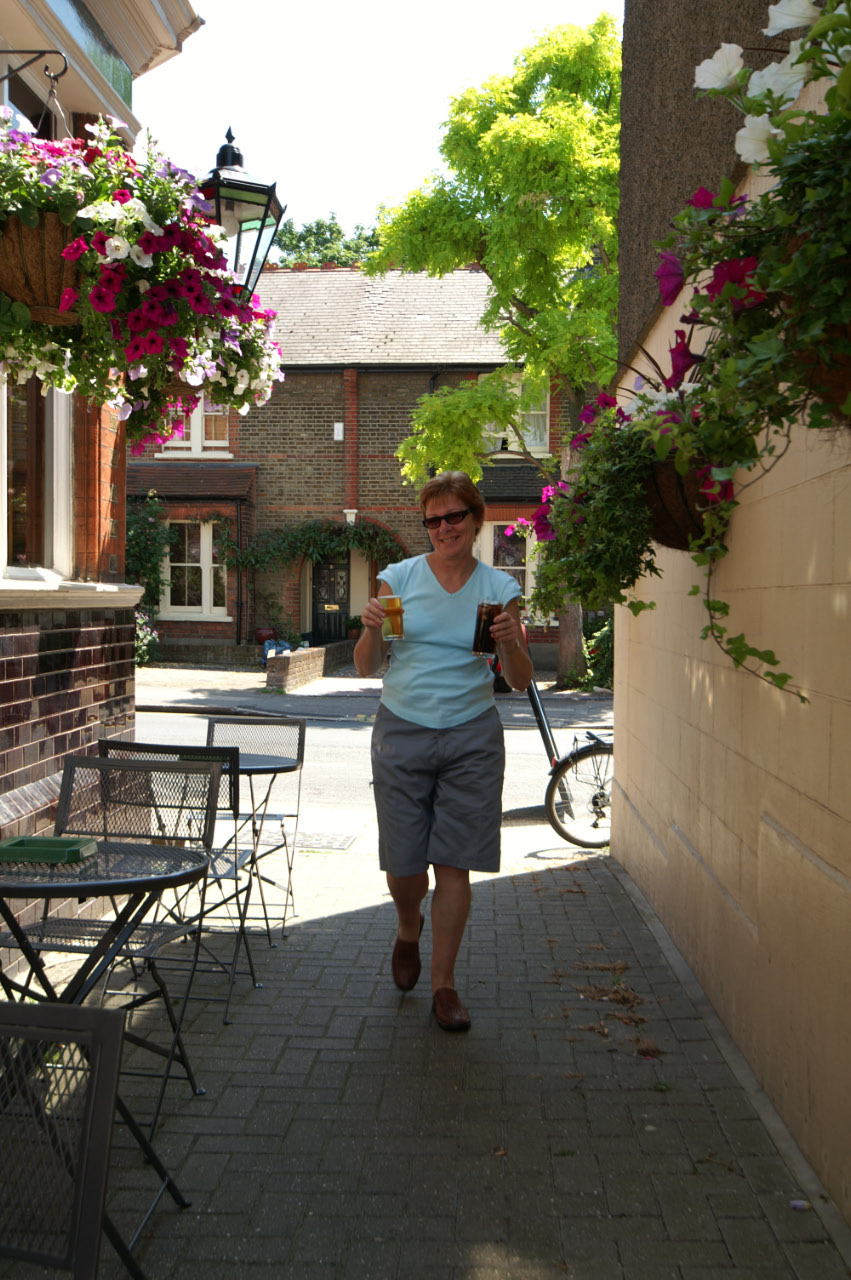
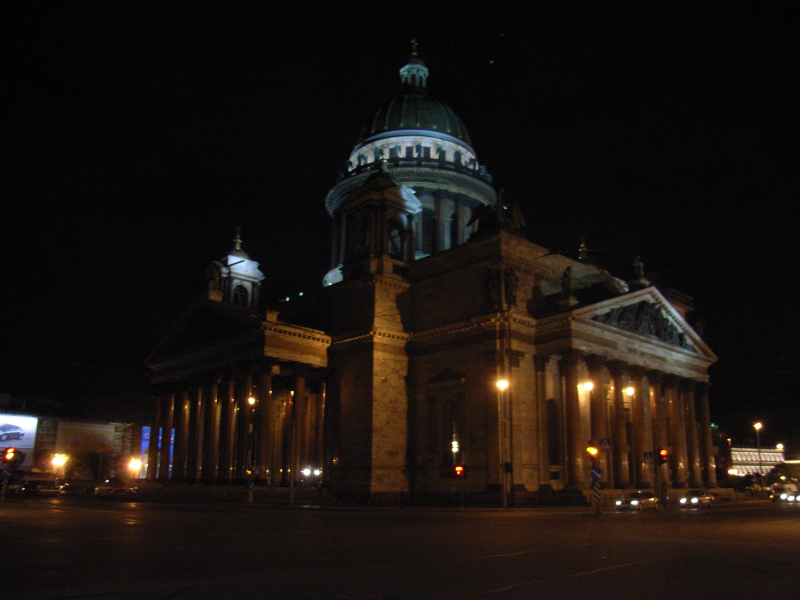
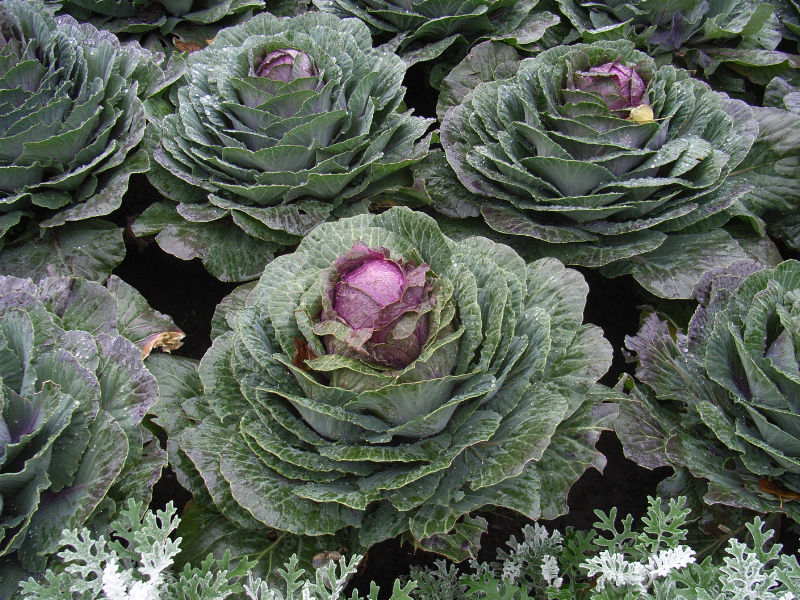

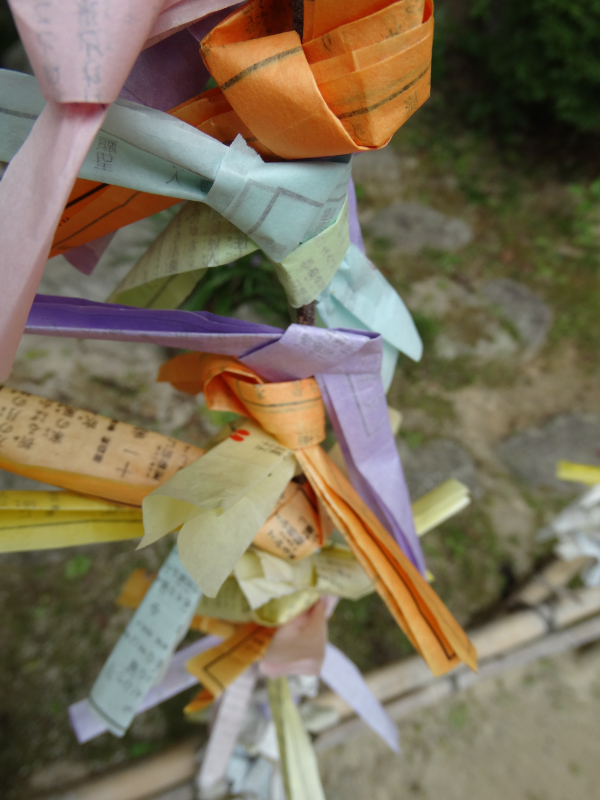

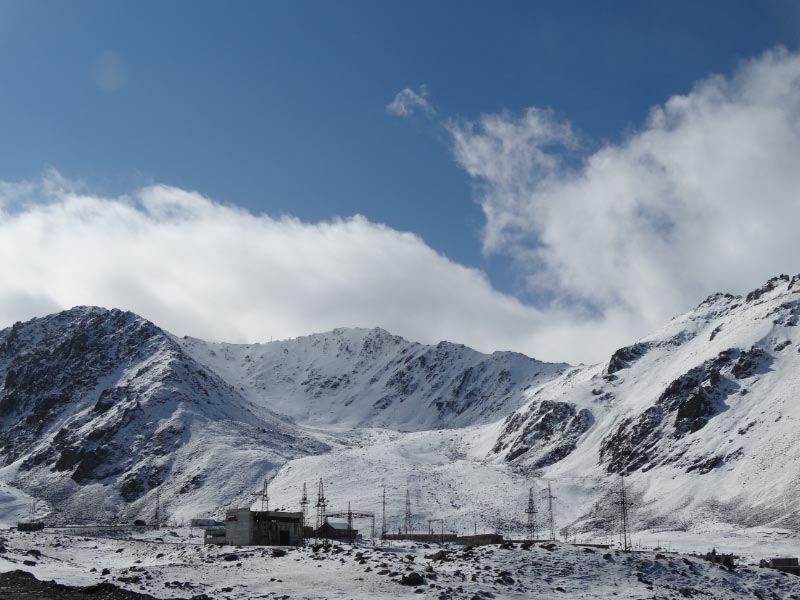
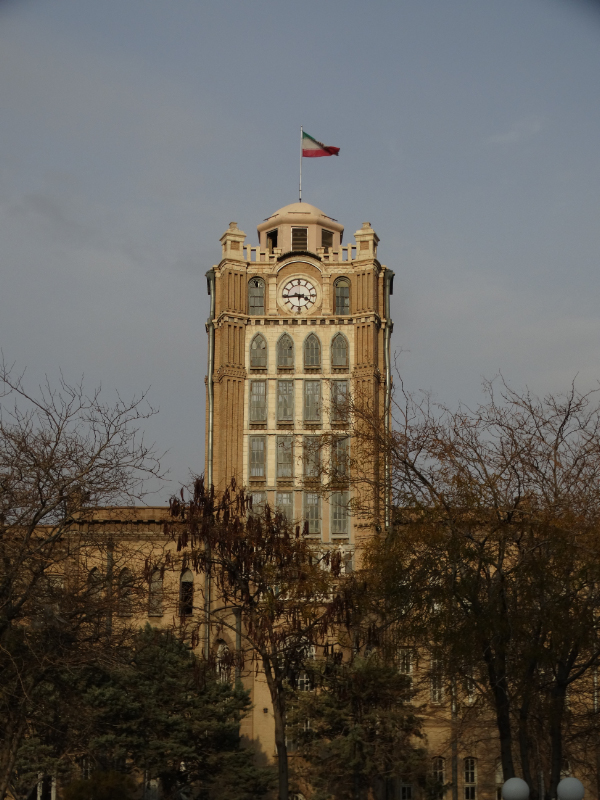
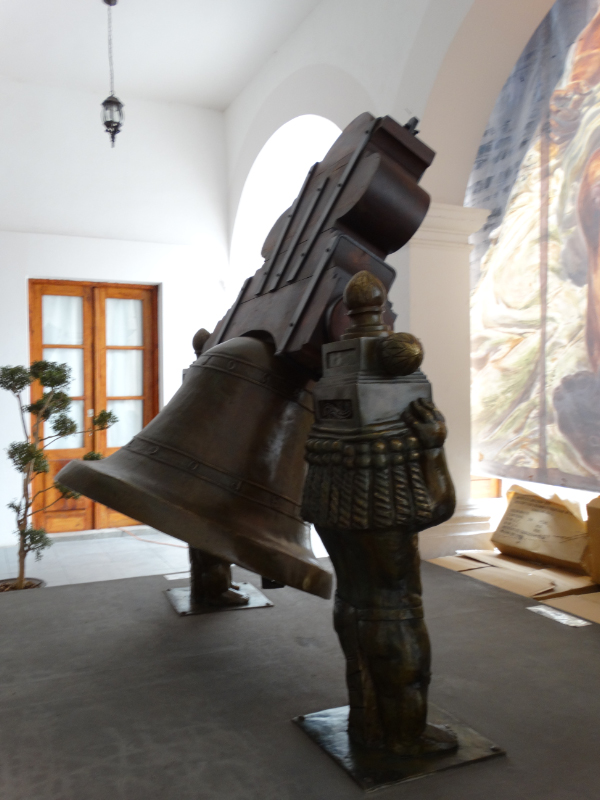
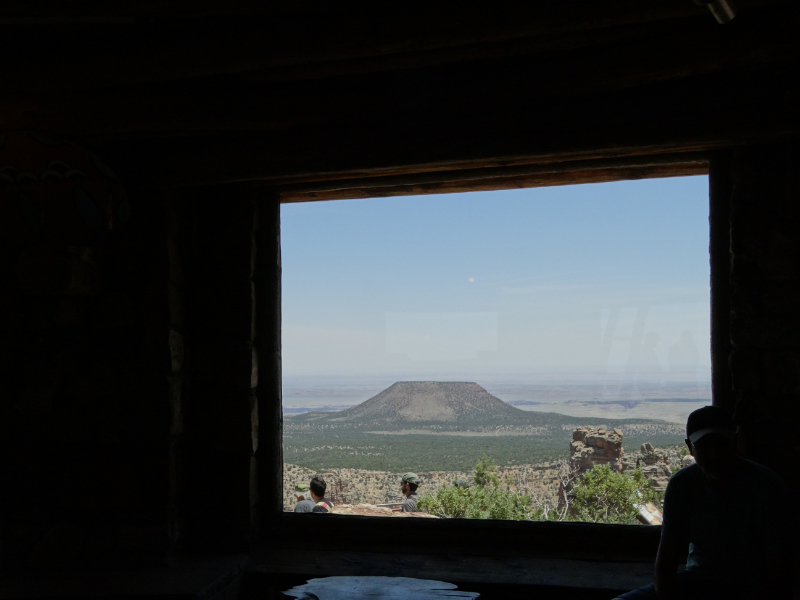










nothing much has changed since I spent a week there in 2004. I missed the permaculture as well. Everything has a sadness about it, being old and out of date. However, the Cubans have survived the Yanks and the Russians.